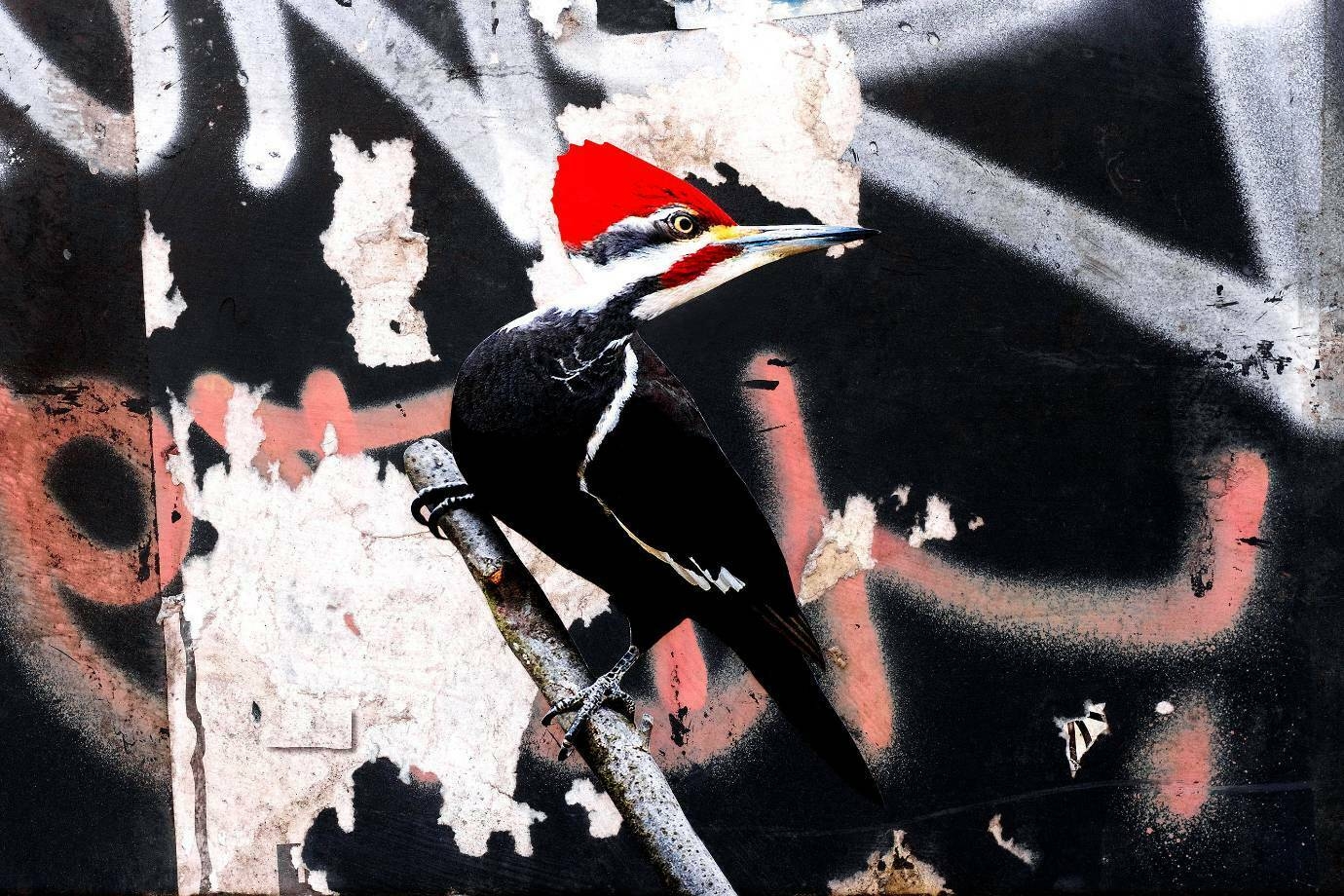For the duration of this project, Berglin sourced ornithology books in antiquarian bookshops and libraries. Their photographs were scanned, edited and reprinted. Berglin spent countless hours with a scalpel and a pair of scissors, tracing the contours of the birds to free them of their paper imprisonment. Each year, Berglin traveled to a new city for his project. From start to end, a total of 4982 birds were wheat-pasted in twelve cities on five continents: Gothenburg, Berlin, Tel Aviv, Casablanca, New York, Reykjavik, Madrid, Malmö, Rio de Janeiro, Buenos Aires, London and Stockholm.
In a time of animal spread viruses and worldwide mass extinction in the wake of the climate crisis, Berglin’s project can be approached from many angles. What caused these birds to seek refuge in urban environments, so far away from their natural habitat? What feelings does the sighting of a bald eagle in central London evoke? Is it merely a painful reminder of the once rich fauna, which today fights for survival in the steadily decreasing gaps in-between our cities? Or does it bring hope of a potential co-existence, made possible by these curious birds’ ability to adapt to a man-made world? Perhaps, the bird is merely a Poesque metaphor for something else?




